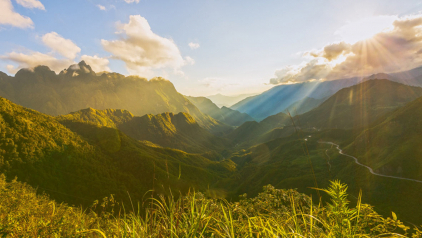Top Attractions in Ha Giang and Things You Should Know
Ha Giang lies in the northern mountainous area and has a border with China. This province larges about 7,900km2 but is covered with mountains and forests. There are two main reasons that Ha Giang worth paying a visit: good weather almost all year round and the diversity of culture.
Ha Giang weather
Due to the location, although belongs to a tropical country, the weather in Ha Giang is more like the temperate area which is cool and dry, quite cold in the winter. Thanks to the similar temperate climate, Ha Giang looks gorgeous most of the time. The familiar image that visitors usually keep about Ha Giang is where the roads run-up to the blue sky, where the country morphs emerged as the map, where terraces spread in the mountains and valleys. Ha Giang is a destination so beautiful that cannot be ignored.
Although Ha Giang’s weather is nice most of the time, tourists still have to avoid traveling here from June till the end of August as it is the flood season and is not safe enough to travel.
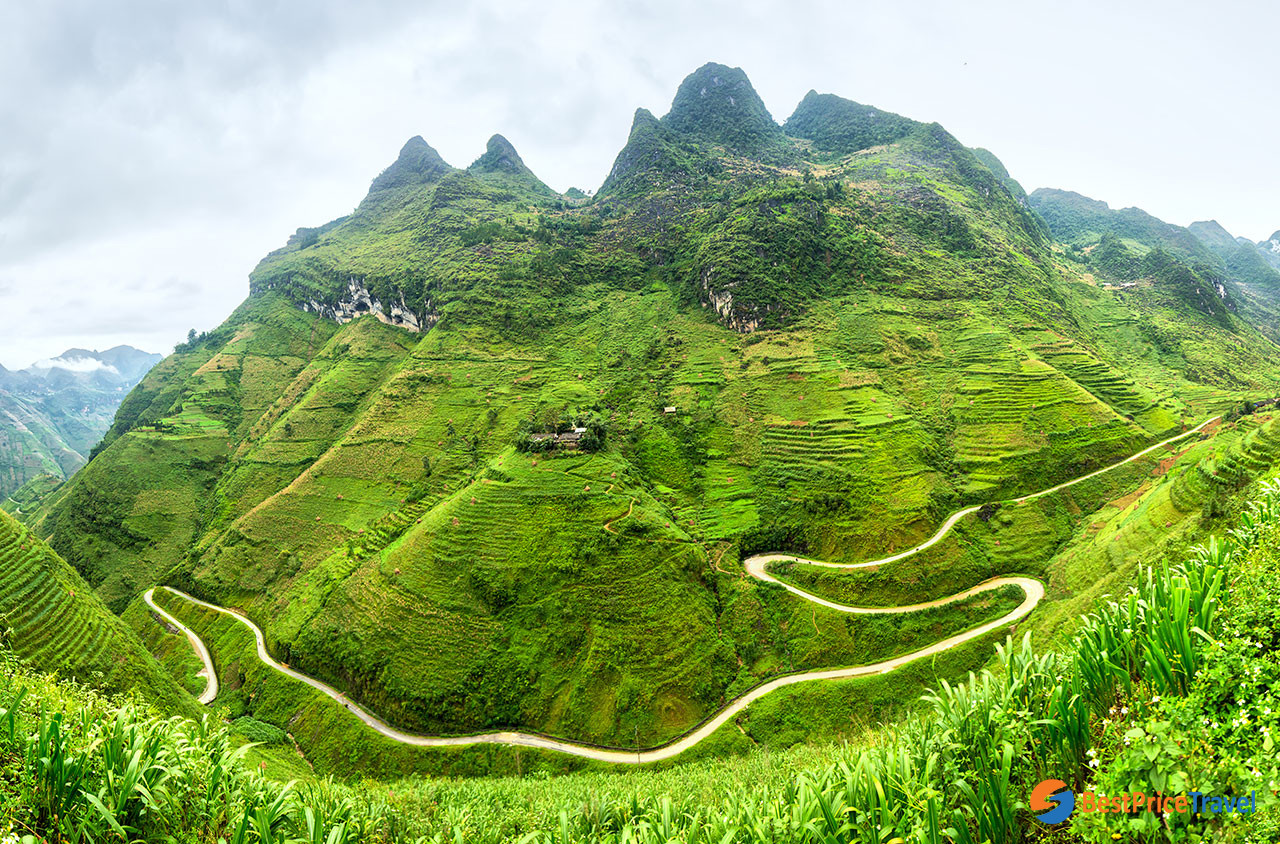
Ha Giang's beautiful landscape
Culture in Ha Giang
The second value feature of Ha Giang is its diversity of culture. As the ethnic minorities account for most of the number of residents here and they come from different tribes such as Mong, Thai, Meo, Tay, Kinh, etc. Therefore, you will have a chance to experience different lifestyles and traditions when visiting Ha Giang.
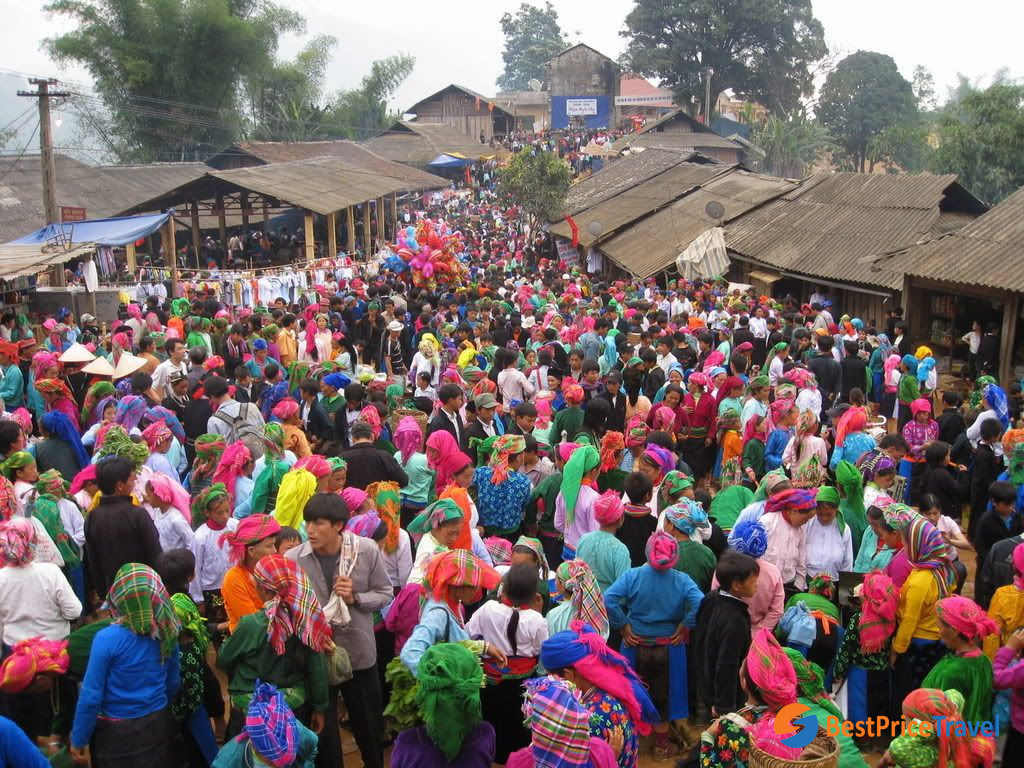
Khau Vai Love Market in Ha Giang
Top 4 Attractions in Ha Giang
Ha Giang is still known for the season of flowers triangular circuit, but every season is worth conquering. Below are the 4 best places to visit in Ha Giang.
Dong Van stone plateau
Dong Van stone plateau creates a gray stone scene where people "live in stone, die in stone" extremely special for Ha Giang. It is also the most ancient land on Earth so that the Dong Van Plateau became a UNESCO World Heritage Site in December 2010.
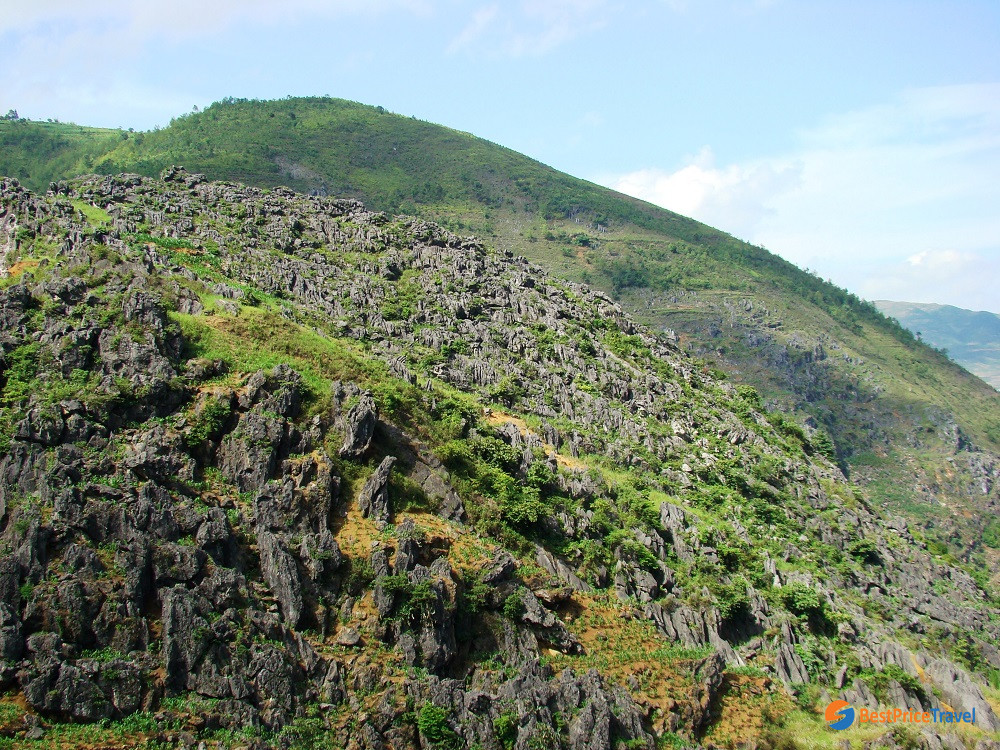
Dong Van Stone Plateau
Palace of Vuong - The jewel in the middle of the plateau
The green pearl in the middle of the stone plateau is the Vuong residence. The beautiful palace-shaped Vuong is surrounded by rows of trees, is preserved intact after the ups and downs of history, raining winds, bringing with it a fascinating historical story. The Vuong palace was started in 1019 and completed 10 years later. The turtle-shaped hill with rare turtles and strong rows of tall trees rose up to a house-shaped like "Vuong" horns as imprinted in the blue sky.

Vuong family's palace
Lung Cu flag pole - "The starting point of the first drawing of the map of the country"
The third point is Lung Cu Flag Tower - "where the first drawing of the map of the motherland begins," and anyone wants to be conquered once by the divine northernmost point.
The distance of 1.5km to Lung Cu flag pole, over 389 stone steps, and climbing 140 spiral stairs in the heart of the flag, you will put your feet at the top of the Lung Cu flag tower - the north pole of the country. Where there is a Vietnamese national flag fly on area 54m2 large, metaphorical of 54 ethnic fraternities.
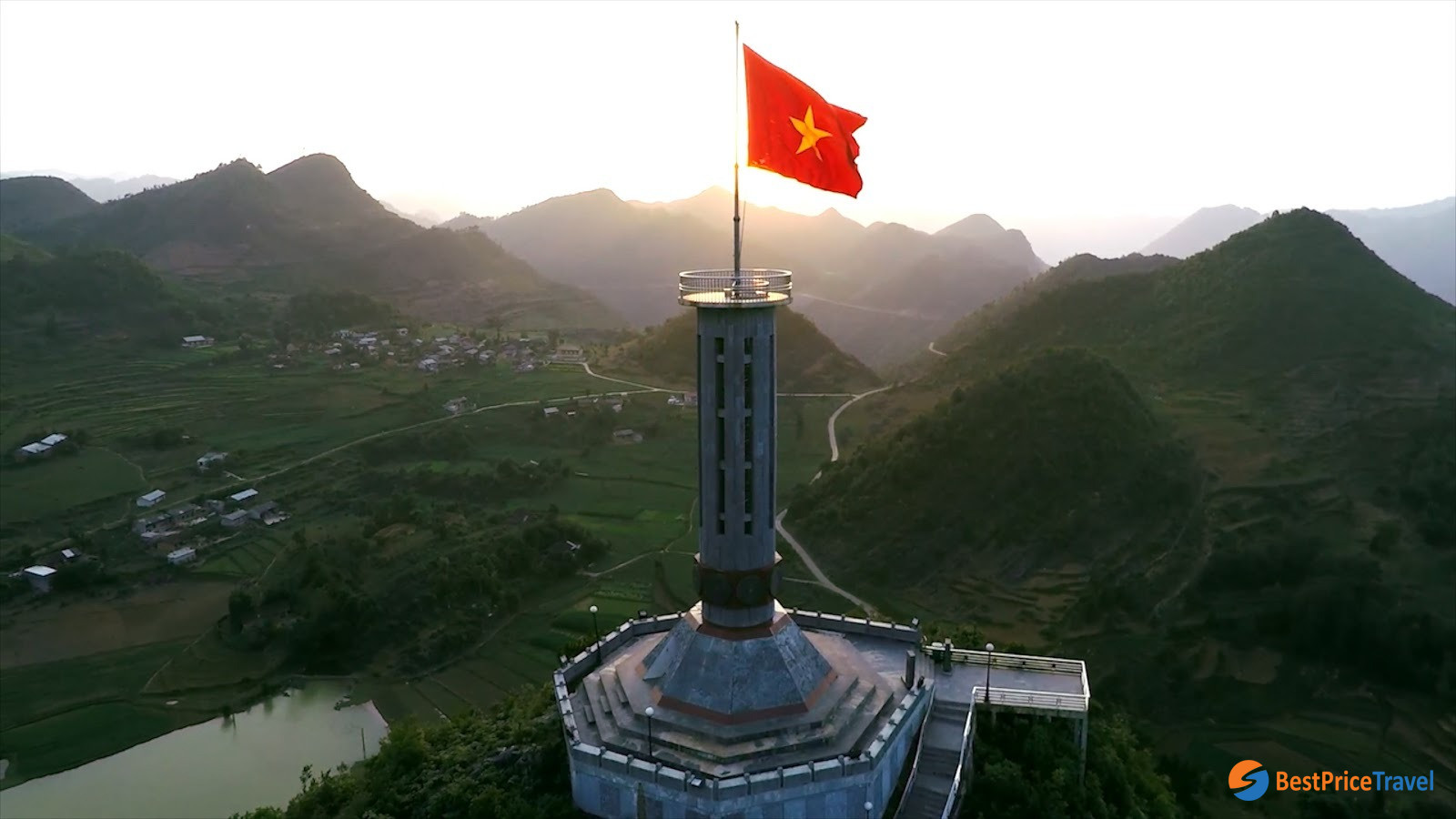
Lung Cu flag tower
The Road to Happiness - 50 years of blood and flower path
The Road to Happiness - the path of blood and flowers is a 200km long road built by thousands of young volunteers from 16 ethnic groups in 8 northern provinces of Vietnam for 6 years (1959-1965) with over 2,000 working days.
The most popular part of this road is Ma Pi Leng Pass which is very rugged with about 20km in length. Ma Pi Leng is unofficially known as one of the "four great passes" in the mountains of northern Vietnam, beside O Quy Ho Pass, Khau Phau Pass, and Pha Din Pass.
The Road to Happiness is a bridging bridge that brings back high light, not only with all the effort but also the blood and life of a young volunteer.
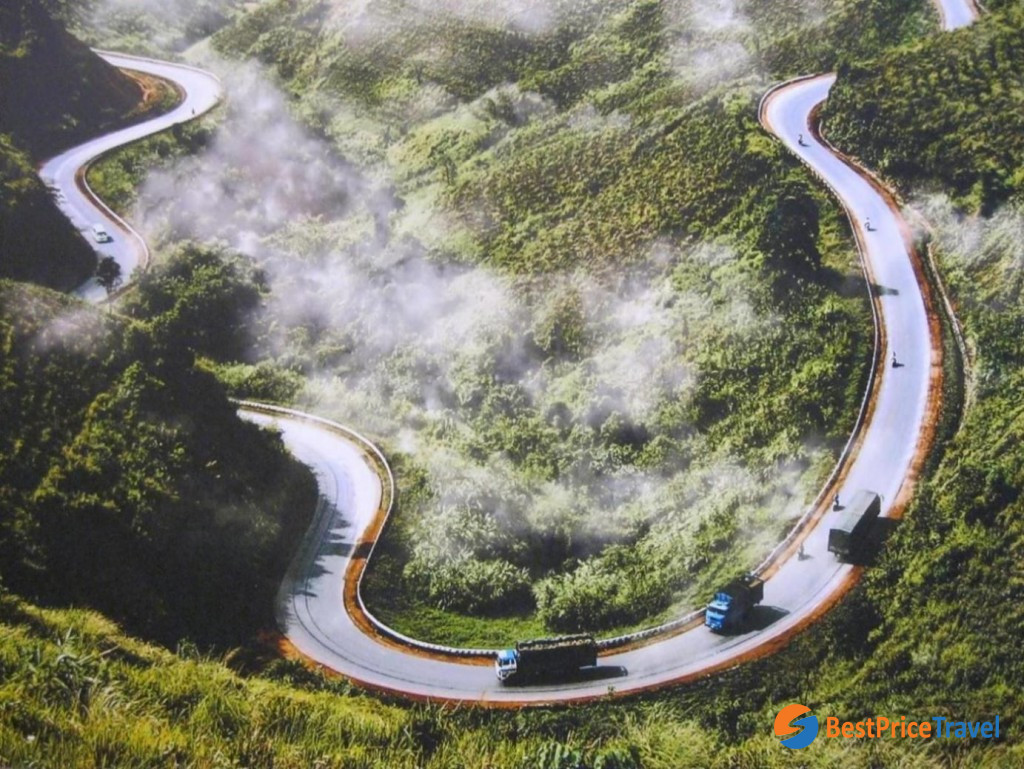
Ma Pi Leng Pass
Above are only some basic information and suggested attractions in Ha Giang. If you are curious about this far-away part of Vietnam and want to know more, just join us on our tour to Ha Giang Province.
Hera & MinKJ
(Image source: Internet)



